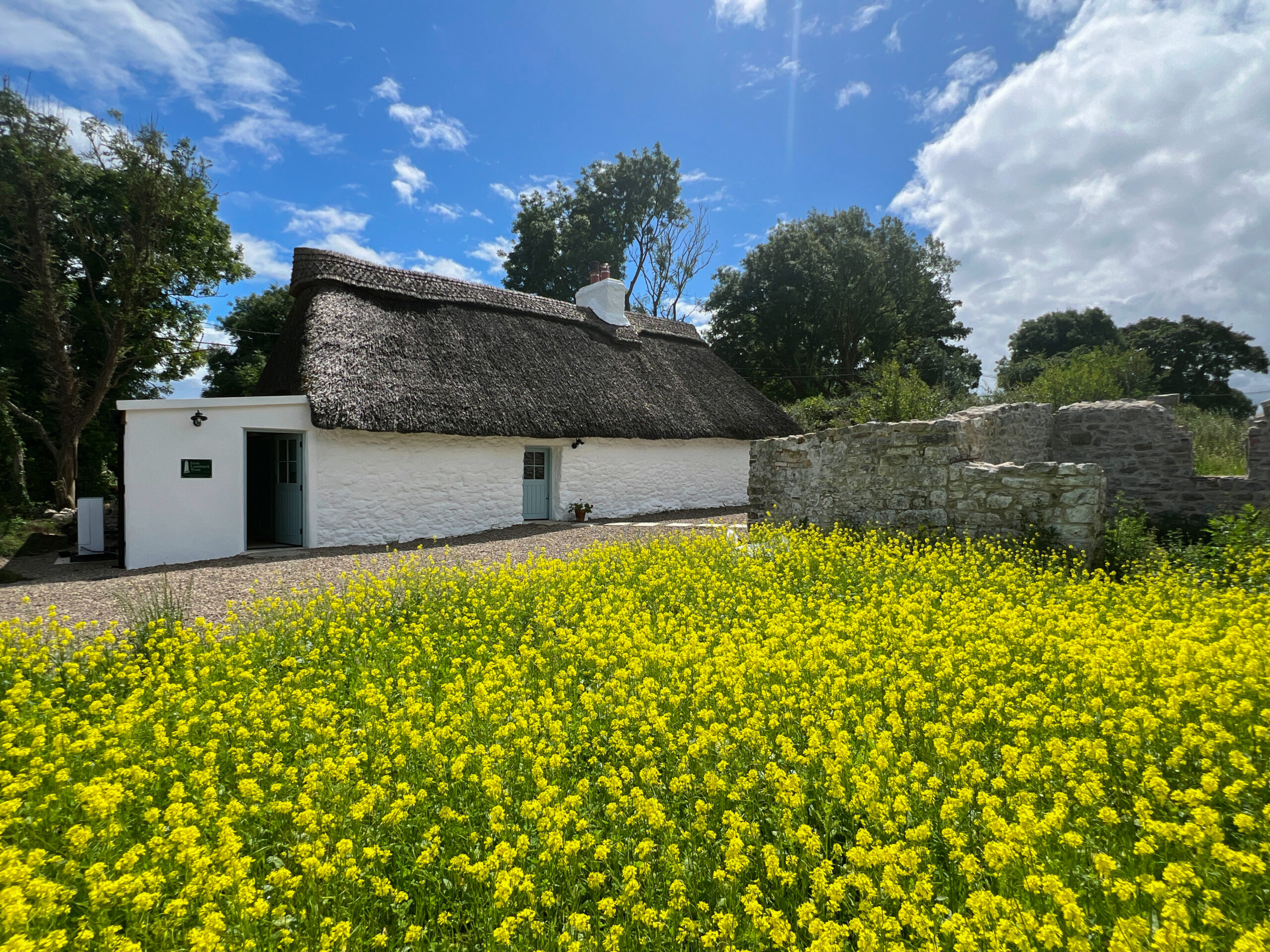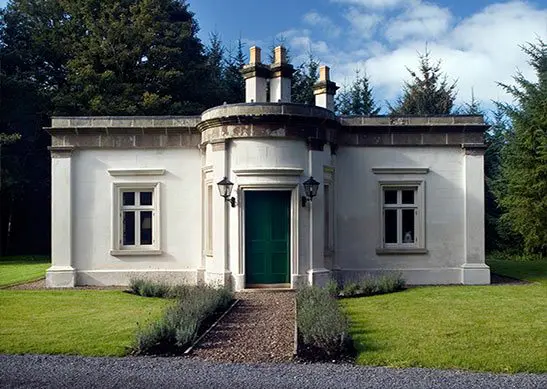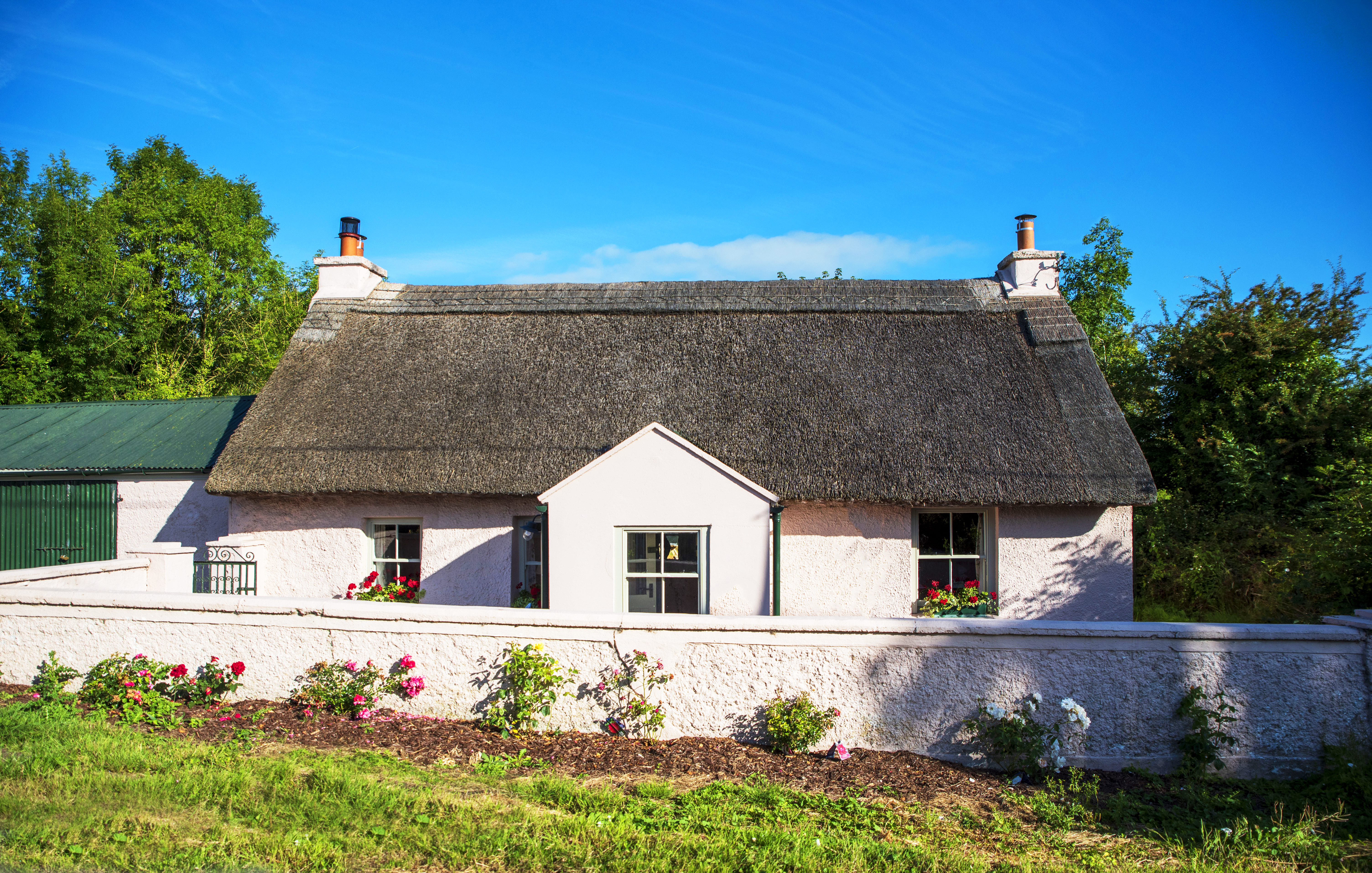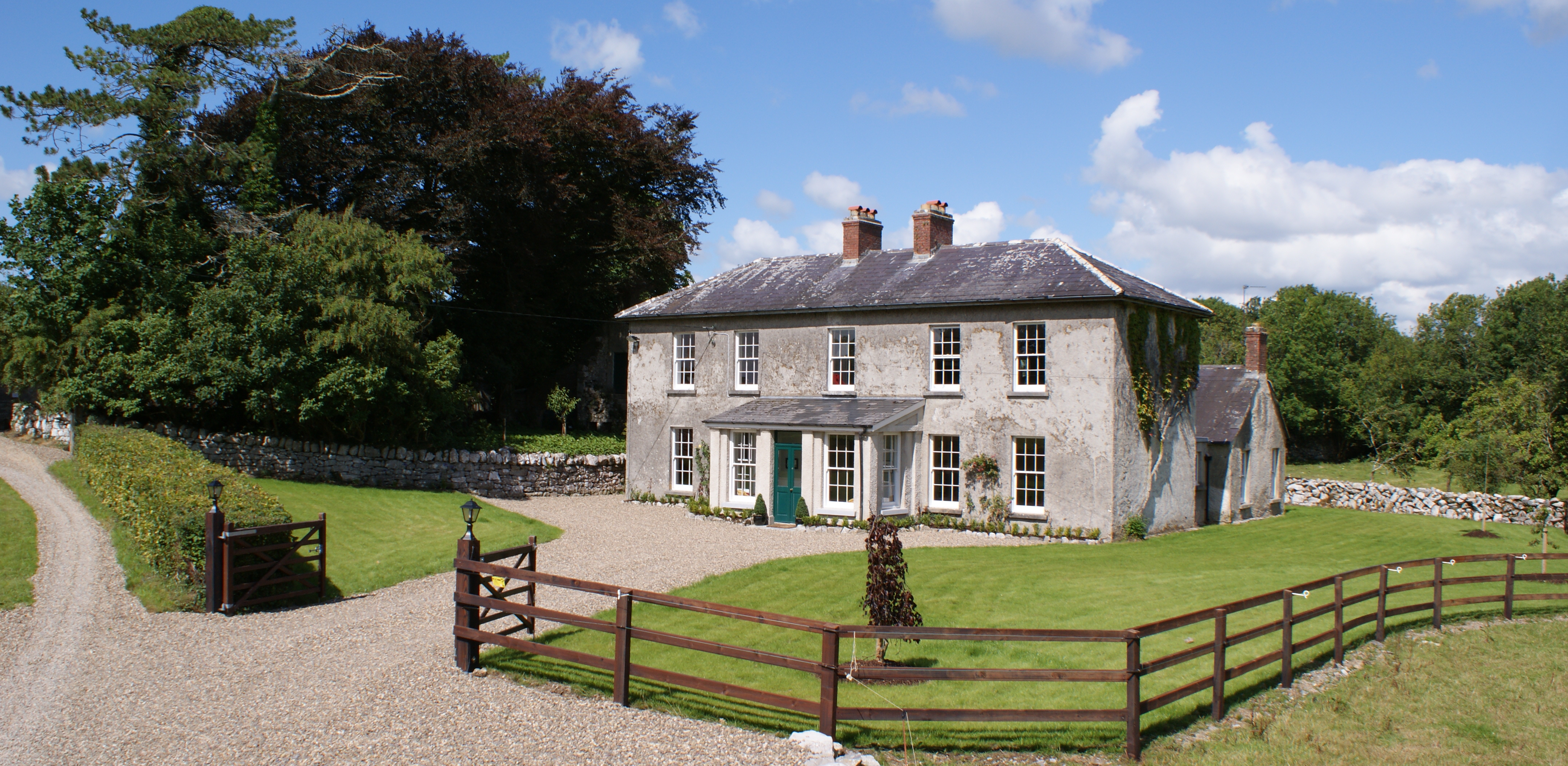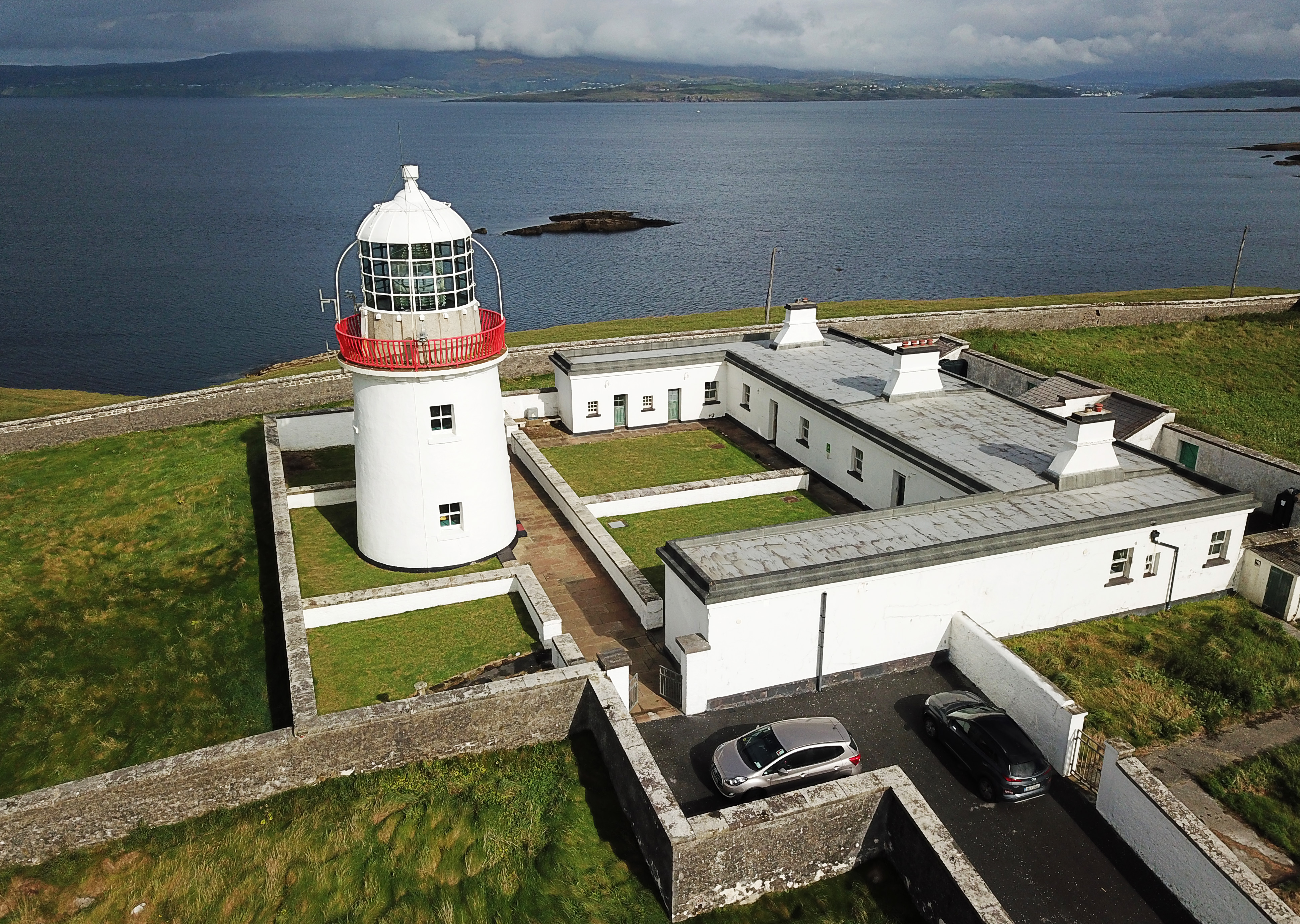In 2018 Irish Landmark Trust held a one-day conference to look at fire safety in historic buildings. The context for the event was the necessary closure of Irish Landmark’s property at No.25 Eustace Street in Dublin to facilitate upgrading to ensure the building meets new fire safety regulations and the challenges faced in that process.
Guest speakers included:
- Stephen Emery, Oxford University Fire Officer, discussed the challenges of dealing with fire safety regulations in historic buildings and how to negotiate this challenge.
- Gráinne Shaffrey, Shaffrey Architects, discussed her report to Dublin City Council and the re-use of Georgian Houses (in relation to fire safety).
- Úna Ní Mhéaráin, Conservation Architect, talked about the challenges that were faced with fire regulations in the conservation of City Assembly House.
- Dawson Stelfox, conservation architect with Consarc in Belfast, discussed fire prevention measures for historic buildings. Richard Calder OPW, Head of Fire & Security, will discuss how fire safety issues were dealt with in state buildings.
- Finally, Chris Mc Gregor talked about the two fires at Glasgow School of Art and the subsequent restoration.
It is now four years since the Hold Fire Conference. We spoke to Michael O’Boyle, Chairman of the Irish Landmark Trust to see what lessons have been learned in that time and what challenges remain for those managing fire safety in historic buildings.
Michael, the Hold Fire event was helpful in that it gave a well-rounded view of the challenges faced by those working with fire safety in historic buildings.
What was the key learning from this event?
The conference attracted a lot of interest and was fully booked, with attendance from a cross-section of the built heritage and fire safety sectors. This demonstrates the ongoing importance of the issue for professionals and building owners working with historic buildings. A number of the speakers highlighted the need to avoid one-size-fits-all solutions in favour of building-specific fire safety solutions. There were some excellent case studies demonstrating very effective and robust fire safety strategies using non-standard solutions.
What are the key challenges for people working in this area?
The technical guidance that accompanies the Building Control Regulations in the Republic of Ireland only describes standard solutions that are primarily targeted at new-build projects. The guidance clearly states that such solutions may not be appropriate for existing buildings, particularly buildings of architectural and historical interest. The absence of technical guidance on a range of practical and appropriate fire safety solutions for existing and historic buildings is a particular challenge. Without this guidance, it can make it very difficult to achieve fire safety solutions that are aligned with good conservation practices. This is becoming a significant challenge in the adaptation and re-use of older buildings in our towns, villages, and cities.
Have changes to the regulatory environment since 2018 made things more difficult in the context of managing heritage properties?
The technical guidance for the regulation of fire safety was updated in 2020, primarily to address concerns relating to high-rise apartment buildings and open-plan flats following the Grenfell Tower tragedy in London. There has been no real change in the fire safety regulations and guidance for other building types. Unfortunately, there is anecdotal evidence that some local authorities may have become less willing to adopt appropriate non-standard solutions as allowed for in the technical guidance document for fire safety. This highlights the urgent need for additional technical guidance to assist conservation and fire safety professionals working with older buildings.
What solutions have Irish Landmark Trust found that they consider helpful or educational?
Irish Landmark Trust will always seek to follow best practices in both conservation and fire safety. Where necessary, we engage specialist advice in both conservation and fire safety so that the most appropriate solution can be identified. Our design teams seek to hold coordinated consultations with the conservation and fire safety departments in the relevant local authorities so that these solutions can be agreed upon. This approach is currently being followed in our discussions with Dublin City Council on the Georgian Townhouse property in Temple Bar.
